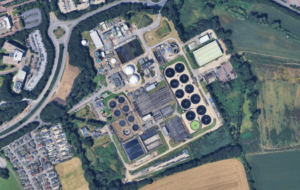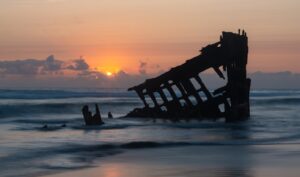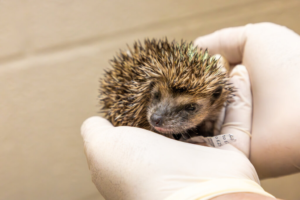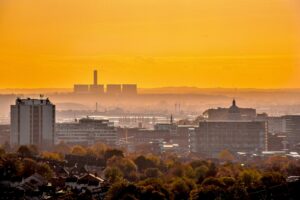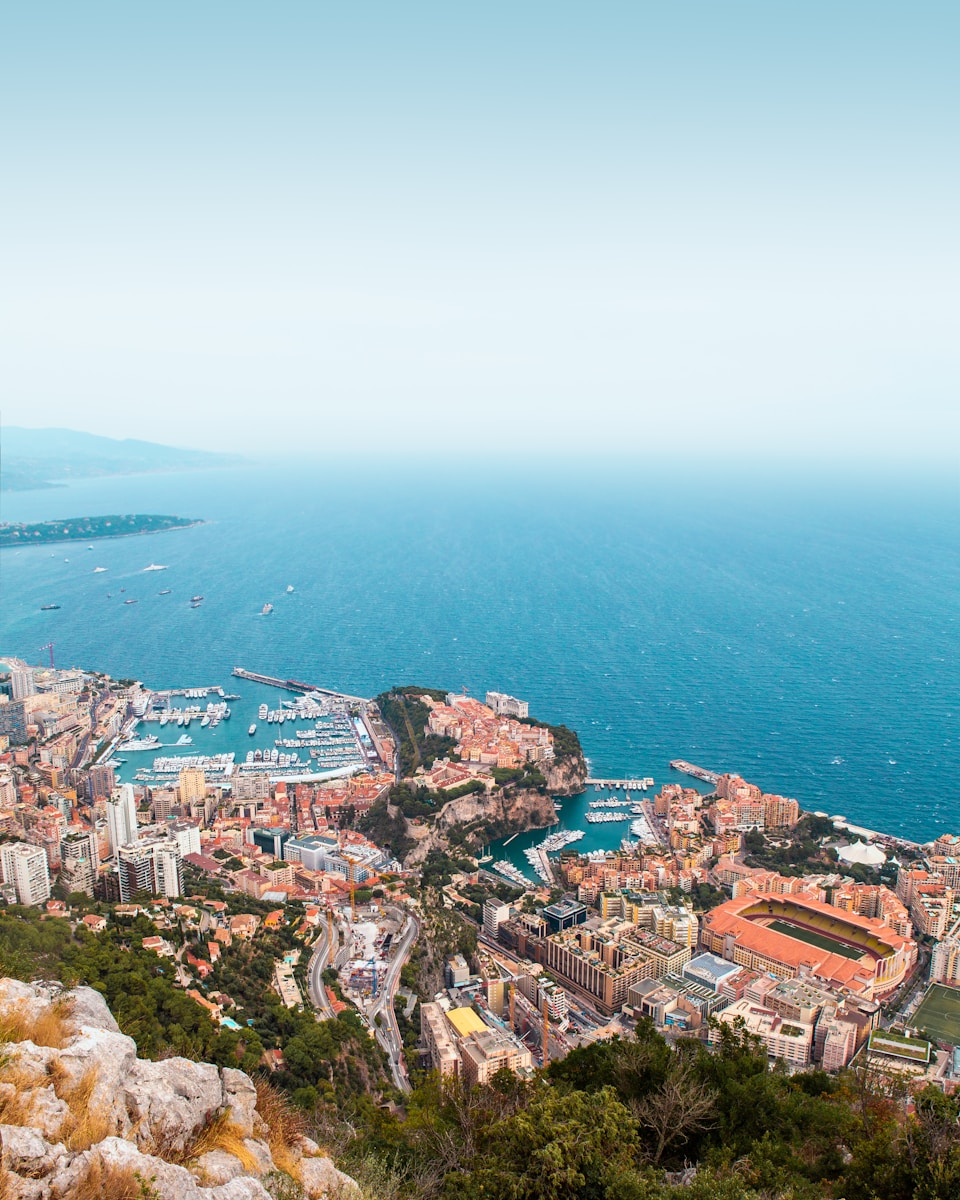The industrial scale project in Monaco offers hope marine flora once thought damaged beyond repair can be restored.
Spanning 384m2, a Posidonia oceanica seagrass meadow has been re-introduced as part of a wider coastal construction project. Work on the Maraterra district had led to the destruction of several hectare of the marine species, which plays a vital role in maintaining healthy ecosystems across the Mediterranean region.
To reverse some of the impact, Andromède Océanologie and the University of Liège collaborated on the transplantation operation. Beginning in 2017, seagrass was taken from the Larvotto marine reserve using what is known as the ‘clod’ technique. This approach allows roots linked to substrate to be fully preserved, significantly boosting the chances of plants surviving after relocation at scale.
Three years after the world, observations showed the beds were flowing, a key indicator of good health. Less than a decade on, the seagrass meadow is now 25.8% larger than the original area that was transplanted, confirming the method not only allows flora to survive, but go on to thrive and grow as they would naturally, without damage from human development.
‘For eight years, rigorous monitoring was carried out to observe the resilience of the transplanted meadows,’ said Sylvie Gobert, an oceanologist at ULiège. ‘Despite major marine works carried out nearby, the transplanted meadow showed remarkable resilience, with health indicators rapidly approaching those of the neighbouring natural meadows.
‘These results validate the idea that transplanting is a viable and ecologically relevant alternative as a mitigation measure in coastal development projects,’ Gobert continued. ‘By integrating transplantation as a mitigation measure in coastal development projects, it becomes possible to significantly reduce the environmental impact while preserving these precious habitats for Mediterranean biodiversity.’
Image: Mark de Jong / Unsplash
More on climate change, biodiversity, nature and sustainability:












